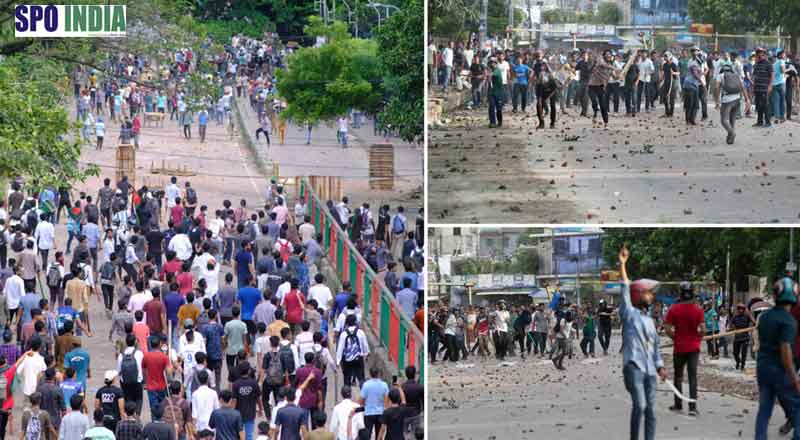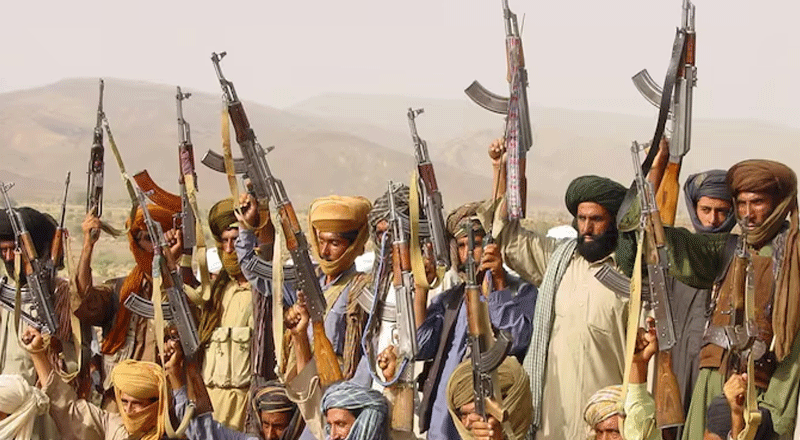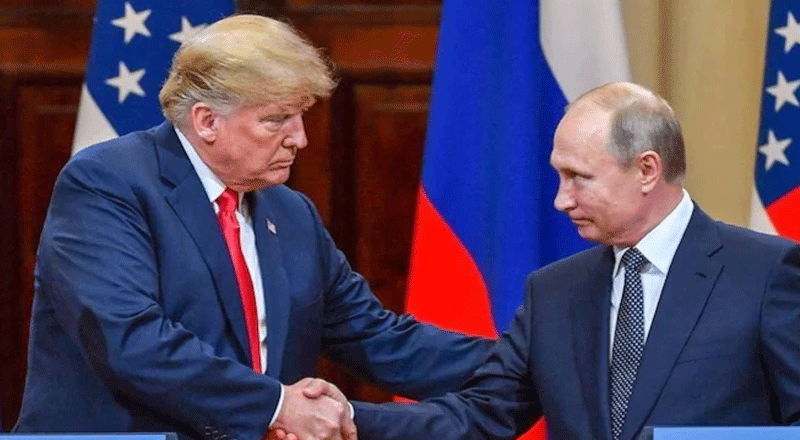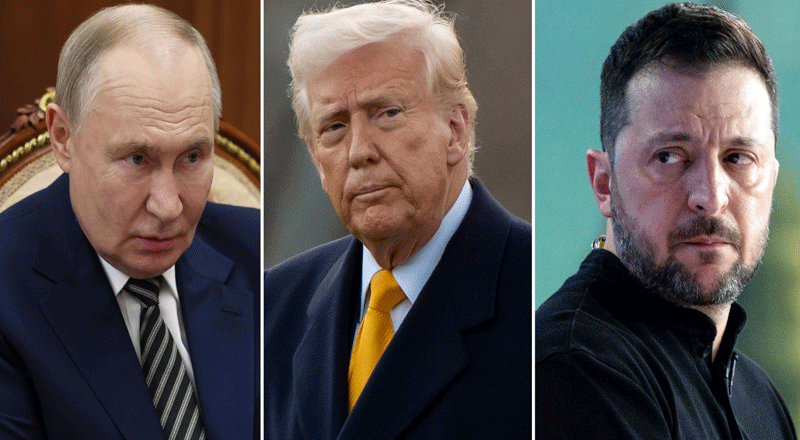In response to violent protests that resulted in the deaths of six students, Bangladesh has ordered the indefinite closure of all high schools, Islamic seminaries, and vocational institutes. The decision, announced on Tuesday, aims to ensure the safety of students amid escalating demonstrations against civil service hiring policies.
Violent Clashes and Fatalities
The protests reached a peak in violence on Tuesday, with clashes between demonstrators and pro-government student groups. The confrontations involved thrown bricks, bamboo rods, and police using tear gas and rubber bullets to disperse the crowds.
At least six people were killed in the violence. Three fatalities occurred in Chittagong, where hospital director Mohammad Taslim Uddin confirmed the victims had bullet injuries. Another two deaths were reported in Dhaka, where police inspector Bacchu Mia stated one person succumbed to head injuries. In the northern city of Rangpur, a student was killed during clashes, with police commissioner Mohammad Moniruzzaman noting that police used rubber bullets and tear gas.
Government and Police Response
The Education Ministry’s spokesman, M. A. Khair, cited student security as the reason for the school closures. However, universities, where most protesting students are enrolled, remain open as the ministry lacks authority over them.
In an effort to control the situation, authorities deployed the paramilitary Border Guard Bangladesh (BGB) force in five major cities, including Dhaka and Chittagong. The BGB was tasked with maintaining law and order amid the quota protests.
Background of the Protests
The demonstrations have been ongoing for weeks, driven by opposition to a quota system that reserves more than half of civil service posts for specific groups, including children of veterans from Bangladesh’s 1971 liberation war. Critics argue that the system unfairly benefits pro-government groups supporting Prime Minister Sheikh Hasina.
Prime Minister Hasina and the supreme court had previously called for students to return to classes, but these appeals were ignored. On Tuesday, students continued to defy these calls, leading to the fatal confrontations.
Eyewitness Accounts and Further Violence
Eyewitnesses reported severe clashes, with Tauhidul Haque Siam, a student reporter, describing attacks by ruling party supporters and police firing rubber pellets. Siam himself was injured and claimed a student was killed by the police firing, though this account could not be independently verified.
The protests have seen near-daily marches demanding the abolition of the quota system. A protester in Dhaka, speaking anonymously, emphasized that their demonstrations were peaceful but were met with violence by ruling party supporters.
International Reactions
The violent suppression of protests has drawn international criticism. Amnesty International has urged Bangladesh to guarantee the safety of all peaceful protesters immediately. Additionally, US State Department spokesman Matthew Miller condemned the violence against peaceful protesters, prompting a defensive response from Bangladesh’s foreign ministry.
The indefinite closure of schools and the deployment of paramilitary forces highlight the severe unrest in Bangladesh. As the government grapples with the fallout from these protests, the demand for an end to the quota system remains a central issue. The international community continues to watch closely, urging the protection of peaceful demonstrators and a resolution to the crisis.
(With inputs from agencies)





